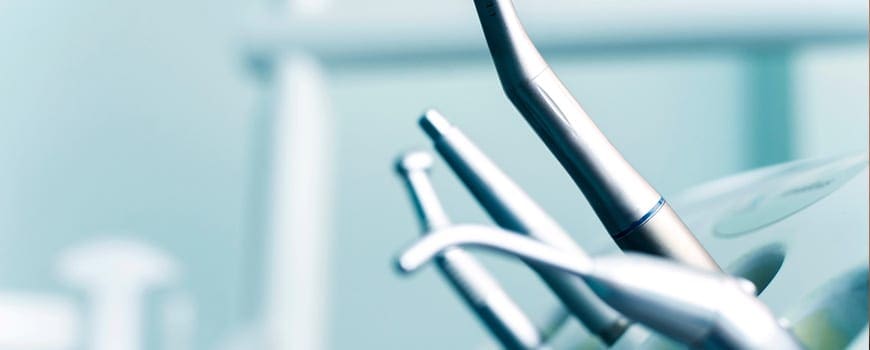Over 20% of children have experienced trauma by the age of 14 years. Injuries to baby teeth usually occur from falls and collisions. While injuries to adult (permanent) teeth are more likely to be sport related.
The upper front teeth are most frequently injured, particularly if they protrude forward and are less protected by the cushioning effects of the lips. If a tooth is struck by a hard object, fracture type injuries are more likely to occur. If the impacting object is cushioned by the lip or is softer, luxation (displacement) injuries are more likely.
It is important to know how, when and where the injury occurred:
- How determines the severity of the injury.
- When determines the outcome, which is better the sooner dental treatment is received.
- Where determines if tetanus injection/booster is required
All missing teeth and fragments must be found as they sometimes can be reattached, so it is important to search the area in which the accident occurred. The emergency treatment that is carried out following dental trauma can have a profound influence on the success of future treatment and the long term prognosis for injured dental tissues.
A knocked out tooth needs to be replaced quickly and not left to dry. A displaced tooth needs to be repositioned immediately. And an exposed nerve is far more likely to survive if it is covered shortly after injury. Intense monitoring of injured teeth can continue for up to 5 years following an injury.
It can be difficult to accurately predict the prognosis for injured teeth, but what happens later to a tooth is dependent on the speed with which first aid is administered, the degree of damage and the stage of formation of the tooth.
